- Home
- Best Paint
How Do We Choose the Best Paint for Artists?
Artists can't work without paint
and selecting the best paint for artists is an important decision.
Our artwork deserves the best. Quality paint ensures the longevity of our creations. Plus, it's a joy using good paint.
Two important keys help us find the best art paints. Then we can stock our palette with the best.
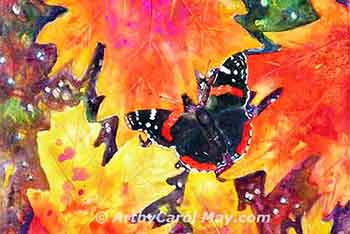 Get bold colors with quality paint!
Get bold colors with quality paint!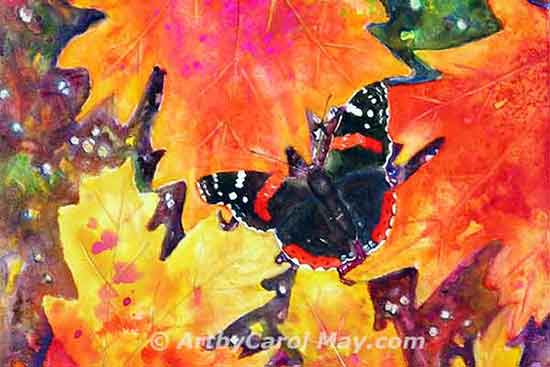 Get bold colors with quality paint!
Get bold colors with quality paint!Two Keys to the Best Paint for Artists
First, what is the best choice student or professional artist paints?
Second, which is better single pigment paint or convenience colors?
#1 Should We Use Student or Artist Paints?
Artist paints are a better buy.
Sometimes, they are labeled professional paint. But generally, the label says artist paint, versus the student paints.
Artist paints are made with a higher concentration of color pigments. They cost a little more, but they cover better. They are easier to use and they produce brilliant colors in our paintings.
They actually save us some money in the long run because we can use less paint.
Student paints cost less because they contain less pigment. So, we have to use more paint to get good colors and good coverage.
Student paints are a good choice when we are learning to paint. As we progress, switch to the artist paints and experience the pleasure of using quality paint.
"Cotman" brand student paint made by Winsor and
Newton has the highest pigment load of any brand of student paints.
Therefore, Cotman paints are recommended for both oil and watercolor students.
#2 Do We Choose Single Pigment Paint or Convenience Colors
Single pigment colors are the best paint for artists.
Look on the label to find out how many pigments are used to make the paint color. If the ingredients are not listed on the paint, look on the manufacture's website.
Paints made with only one pigment mix well and produce clean color mixtures.
Convenience paint colors have the mixing done for us. They are made with two or more pigments.
There may be a place for them on your palette, but they don't mix well to make new colors. They tend to make muddy color mixtures.
Painting is all about color and clean, clear colors are beautiful.
What Colors Should We Use on Our Palette?
There is such a
bewildering array of beautiful paint colors. There are so many and they're so pretty!
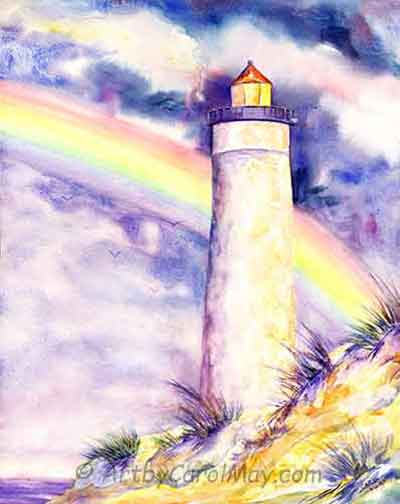 Choose the Rainbow Colors
Choose the Rainbow ColorsHow do we choose?
What are the colors in nature?
Oh, the colors of the rainbow! They are red, orange, yellow, green, blue and purple.
There is also, a dark blue between the blue and purple, called Indigo.
Excluding Indigo, there are six rainbow colors. These are the six colors on the color wheel.
We use this knowledge when we are choosing the colors for our art palette.
An excellent choice for our artist palette is A warm and cool version of the 6 rainbow colors.
Recommended Oil Colors
Here is a warm and cool version of each of the six rainbow colors. This list is the Griffin Alkyds on my palette. Traditional oil paints use much the same names.
- Yellow: Lemon Yellow, Indian Yellow
- Orange: *Cadmium Orange Hue, Burnt Sienna
- Red: *Cadmium Red Medium Hue, Permanent Rose
- Violet: Magenta, Dioxazine Violet
- Blue: Ultramarine Blue, Phthalo Blue
- Green: Phthalo Green, Phthalo Green Yellow Shade
*Go down to a note about cadmium.
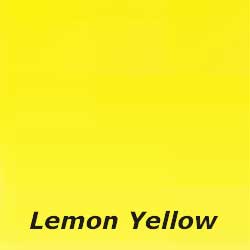
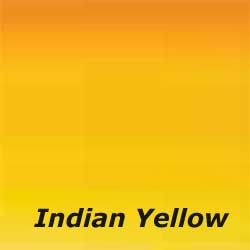
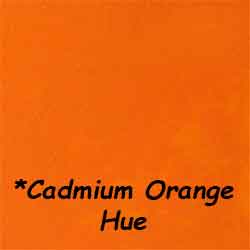

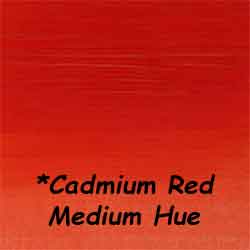
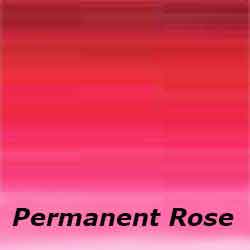
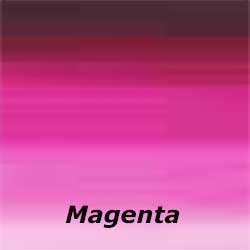
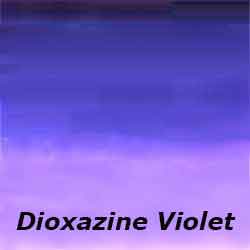
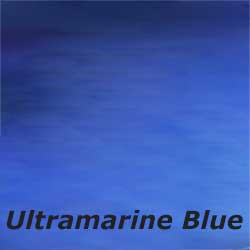
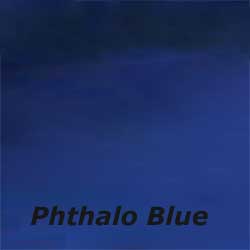
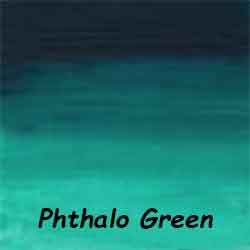
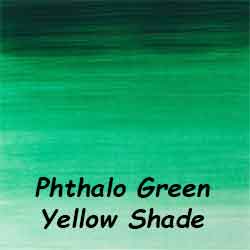
These Are More Good Oil Color Choices
Yellow - Raw Sienna is a warm yellow made from natural earth minerals.
Red - Permanent Alizarin Crimson is a good dark red. It is handy to use to darken other reds. However Permanent Rose makes cleaner mixtures.
Cadmium Red Light is brilliant red often used on the artist's palette. It contains cadmium; it's made with mixed pigments and is opaque.
Green - Viridian Green is a good standby green that is less intense and easier to use than Phthalo Green.
Blue - Prussian Blue is a good cool blue that has been used by artists for centuries.
Phthalo Blue is a modern color. It is an intense color that is sometimes difficult for the beginning artist to handle. A tube of Phthalo Blue lasts for a long time because it is so strong.
More Art Supplies for Oil Painting
Single Pigment Watercolors
The watercolors listed here are single pigment professional watercolors by Winsor & Newton.
- Yellow: Winsor Lemon, Winsor Yellow Deep
- Orange: Winsor Orange, Transparent Orange
- Red: Winsor Red, Permanent Rose
- Violet: Winsor Violet, Dioxazine Violet
- Blue: Ultramarine Blue, Winsor Blue Green Shade
- Green: Winsor Green Blue Shade, Winsor Green Yellow Shade
Winsor Violet is made with a Quinacridone Violet pigment. The Winsor Blue and Greens are actually Phthalocyanine colors under the Winsor & Newton brand name.
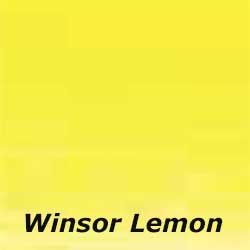
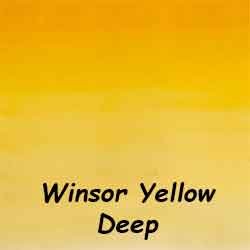
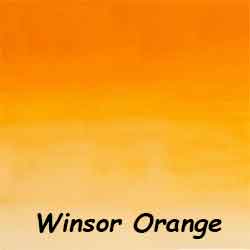
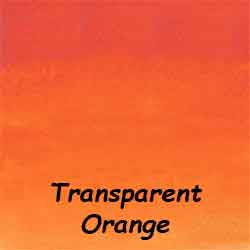
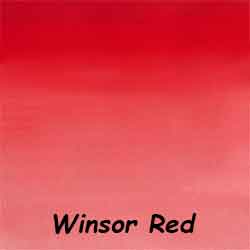

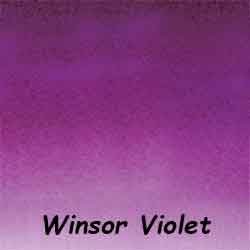
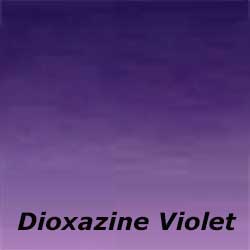
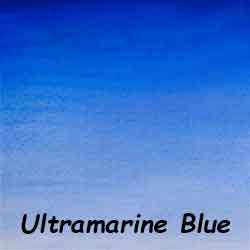
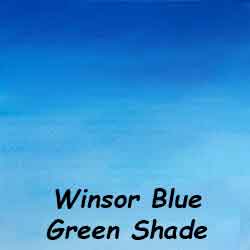
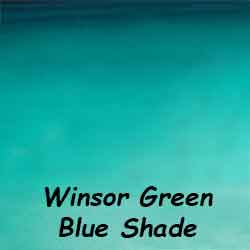
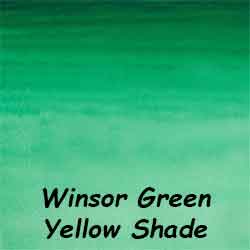
Alternate Watercolor Choices
Yellow - Winsor Yellow and Transparent Yellow are both warm, single pigment yellows.
Red - Permanent Alizarin Crimson may be used instead of Permanent Rose.
Green - Hookers Green or Viridian Green are both popular greens.
More About Choosing the Best Paint for Artists
We have selected either artist or student paint. We have found single pigment or mixed pigment paints.
What other things could we look for on the paint containers?
Many Artists Use Transparent Colors
Transparent colors allow the white of the canvas or paper to show thru the paint.
The white illuminates the colors, so they appear more brilliant.
The information on the paint tubes will say whether the paints are transparent, semi-transparent or opaque.
Are There Health Precautions?
Cadmium is associated with a health hazard. The same goes for Cobalt Blue.
All of the cadmium colors are very brilliant. However, they are associated with a health hazard. They are also opaque and do not always mix well with other colors.
* Cadmium Orange Hue made by Winsor Newton does not contain cadmium. It is a mixture of Arylide yellow and Pyrrole orange. It closely resembles Cadmium Orange without the toxicity.
* Winsor Red Medium Hue is much like the original Cadmium Red Medium. It is a single pigment color without the toxic cadmium.
Cadmium colors are very beautiful. But, when we are looking for the best paint for artists, it's wise to use caution.
Go back up to the oil color list.
White Completes the Artist's Palette
There is no white watercolor paint. So, watercolor artists use the paper in lieu of white paint.
Oil painters need to add white to their palette. We have a couple of choices.
Titanium white is the best white for oil painting. It is a strong, opaque and slightly cool white.
Zinc white has more body and it is good for palette knife work.
However, zinc white may have a tendency to crack or flake, as the painting ages.
Using the Best Artists Paint Makes Painting Fun!
The six rainbow colors and white are all the colors we will ever need on our paint palette.
Clean, clear colors enable us to mix any of the colors we see in nature. We can also, mix the colors we see for sale at the paint store. That's good on our pocketbook.
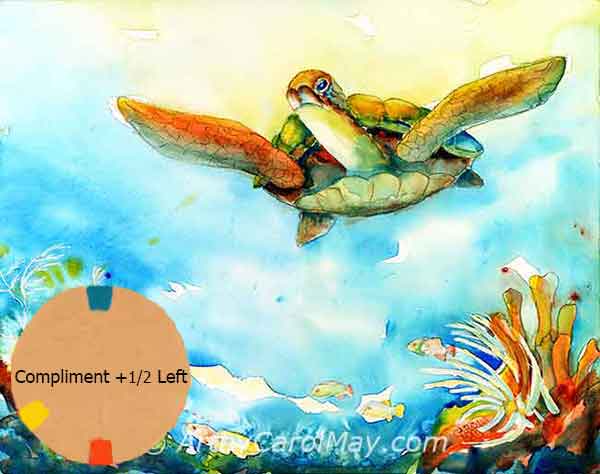






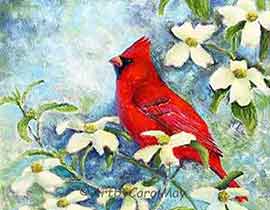 How do we create a focal point in art? Where do we put the focal point? How do we find the focus of an artwork? Should all paintings have a center of interest or can they have more than one? Learn fro…
How do we create a focal point in art? Where do we put the focal point? How do we find the focus of an artwork? Should all paintings have a center of interest or can they have more than one? Learn fro…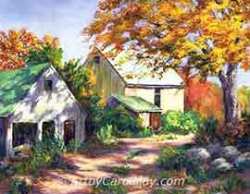 Art elements and principles appear over and over in good paintings. The elements and principles work together for us to create successful artwork. Art principles are the rules that govern how an artis…
Art elements and principles appear over and over in good paintings. The elements and principles work together for us to create successful artwork. Art principles are the rules that govern how an artis…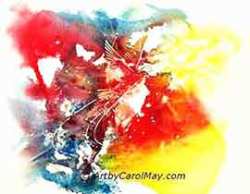 Artists often use the meaning of color to convey emotions, sentiments, and symbolism. Are you intrigued by the idea that colors can enhance or suppress different aspects of your paintings? Let's look…
Artists often use the meaning of color to convey emotions, sentiments, and symbolism. Are you intrigued by the idea that colors can enhance or suppress different aspects of your paintings? Let's look…